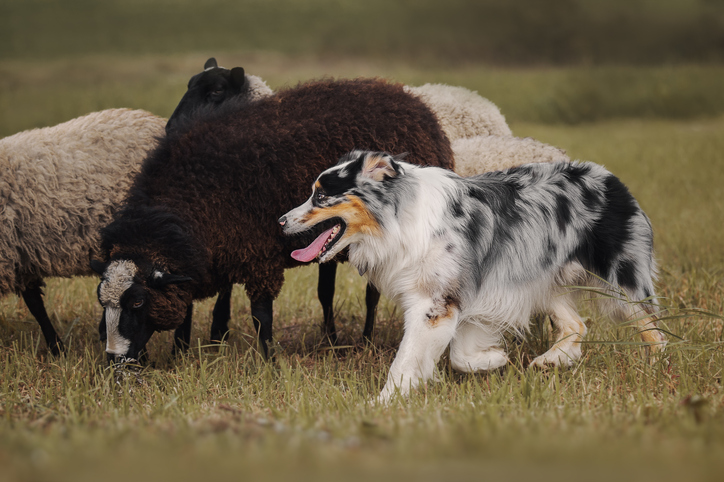

Everything You Need to Know About Herding Sports
Herding dogs are often favorite dogs. From the Australian Shepherd to the Vallhund, herding dogs are not only smart but make great family dogs, as well. The catch is that most herders need a very high level of activity.
This is why herding sports are great to practice if you have a herding breed. Today, we go through everything you need to know about herding sports. Read below to see if you and your pup have what it takes to meet these challenges.
What are Herding Sports?
Herding sports come from times past. This was when dogs had to earn a living to be considered part of the family. One of the most common jobs a dog would have would be to watch over a flock of livestock.
Some dog breeds take very naturally to these tasks, but other breeds might not be so good at it. The ones who took to herding naturally would be bred for more herding dogs. This leaves us at the point we are at now where some breeds have an incredible herding instinct even if they’ve never set foot on a farm. Many of these herding breeds still have a need for the intense exercise that their ancestors would have gotten by chasing sheep or other livestock all day. These dogs with an intact herding drive and a need for energy are the perfect animals for herding sports.
What are Popular Herding Dogs?
While many of these dogs may be content dozing on the couch, they likely have some instinctual drive to herd. Here are common herding dogs:
- Shetland Sheepdog
- Puli
- Polish Lowland Sheepdog
- Pembroke Welsh Corgi
- German Shepherd
- Collie
- Entlebucher Mountain Dog
- Border Collie
- Australian Shepherd
- Australian Cattle Dog
What are The Most Popular Herding Sports?
Herding
Herding trials are often scored on herding abilities along with livestock type and course type. Herding work includes skills such as control, movement of livestock, and versatility. Like all herding sports, teamwork between dogs and handlers matters most. Even if your dog isn’t an everyday working dog, there are ways to train your dog to practice herding skills. Of course, you’ll need nearly daily access to livestock of some kind – be it chickens or sheep. Your dogs will never grow comfortable and confident in a herding role without access to animals.
Sheepdog Trial
According to the International Sheep Dog Society, “During a sheepdog trial, dogs are guided through a series of commands to complete a variety of tasks which reflect their everyday work with a packet of sheep. Each handler will have a preference when giving their commands, either by voice, by whistle, or a combination of both. This has changed very little over the years, and the shepherds of yesterday would easily recognize the requirements of today’s handlers’ competition.”
Most of the sheepdog trial participants are working dogs who have farm experience. Those dogs and handlers who score highest excel where they work, as well. There are even competitions called nursery trials where young dogs with promising skills can show off.
Treibball
This interesting and competitive dog sport originates in Germany, and it became an official sport in 2005. Dogs have to gather 8 large exercise balls and place them into one area – usually a soccer goal net. There is usually a timer of about 15 minutes, and the handler can’t move too close to the goal and they are not allowed to use any physical or verbal cues to correct their dog. Handlers use hand movements, words, or whistles to direct their dog. One fun fact: the balls are referred to as “rolling sheep”.
Do you think your dog has some latent herding skills? Why not give them a test? Treibball is one of your options if you don’t have access to real livestock. However, if you have friends or family with livestock, you might work on desensitizing your dog to the excitement of the herd. Then, you can work your way up to other skills when working with animals. Before you know it, you might find yourselves competing in local herding trials!










